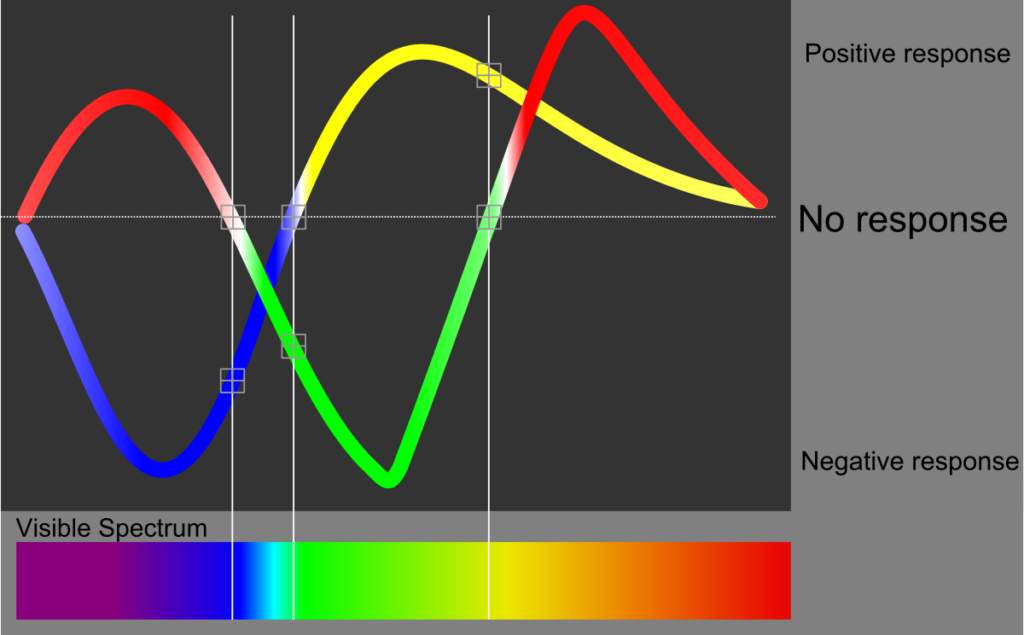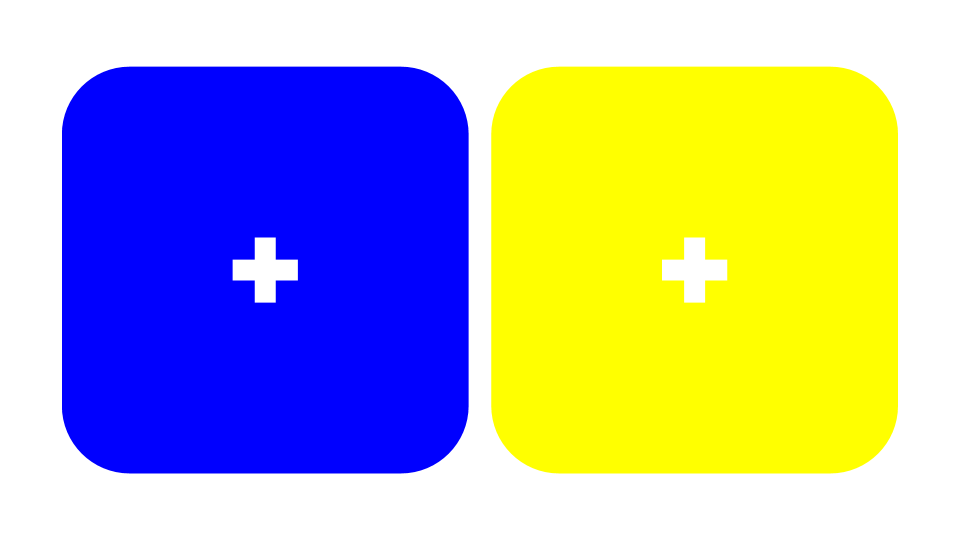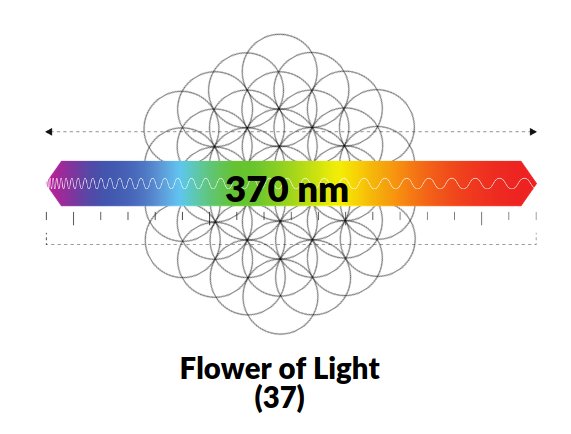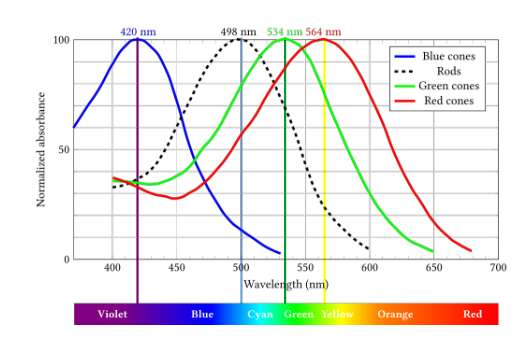The electromagnetic (EM) spectrum, with its vast collection of frequencies ranging from ultra low radio waves to high intensity gamma radiation, holds within it a spectrum of Visible Light (VS). Presenting itself in a distinctive range of colours, this mesmerizing portion of the spectrum can be perceived by our eyes, allowing us to perceive the colours of reality. In this article, we delve into the intriguing connection between visible light, musical ratios, and the profound mysteries of our sensory perception, and uncover a deep connection to the structure of the periodic table.
Overview
Within the intricate realm of quantum mechanics lies the fascinating field of geo quantum mechanics, a branch of study that explores the geometric structure of atomic nuclei. The nucleus, composed of protons and neutrons, serves as the epicentre of an atom, with each element on the periodic table showcasing its own unique arrangement.
On this page, we provide an overview geoquantum mechanics, unravelling the significance of nucleonic composition and shedding light on the perplexing nature of atoms.
Unveiling the Music structure within Visible Light
Upon careful examination of the visible spectrum, a fascinating revelation emerges – the presence of ratios that mirror those found in the Music, resulting from the interplay of two distinct types of colour waves. Firstly, the red-green-red wave divides the visible spectrum into three distinct portions, similar to the musical fifth. Secondly, the yellow-blue wave operates based on a twofold division, much like the musical octave. The harmonious combination of these two colour waves gives rise to the seven hues of the rainbow, serving as the foundation for all other colours to manifest. A remarkable aspect of this phenomenon lies in the existence of impossible colours, such as yellowish-blue or reddish-green, as both colours exist within the same colour wave, defying our visual comprehension.
This model is derived from the concept of impossible colours. Whilst certain frequencies of light can be mixed to produce the wide variety of colour within the visible range of light, it is actually impossible to mix red and green to for a reddish green, Similarly blue and yellow cannot be mixed. This can be demonstrated by two adjacent squares shaded in impossible colour pairs, with a cross at the centre. By holding each at a certain distance, and letting our focus drift so that each white cross appears superimposed, we produce the impossible colour for that particular pair.
The relationship to music is found in the division of each types of wave. The Blue-Yellow wave is divided into two parts, representative of the musical octave. The Red-Green-Red wave falls into three distinct sections, indicative of the musical 5th.
The importance of this becomes even more apparent when we consider our solutions to the Ultraviolet Catastrophe, and Photoelectric effect, which resolves problems of classical mechanics to explain the nature of these phenomena, using the harmonic seres. By employing the notion of musical resonance, we can explain why objects of a certain heat can produce specific colours, and why only light of a specific frequency can intimate the flow of electrons through a circuit. This resolution is obtained without the need to resort to a photon particle of light, which dispenses of the notion of wave/particle duality, prevalent in mainstream quantum theory, and reinitiated the notion of the Aether based on the nature of 4D geometry.
The 4D Aether
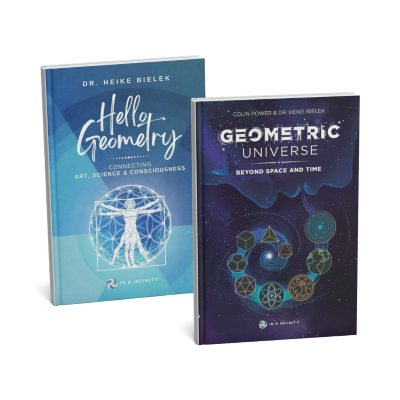
Books out now
Hello Geometry & Geometric UNiverse
Filled with intricate illustrations, our books offer a concise exploration of the Multidimensional Universe, challenging our understanding of space, time, and existence.
The Human Eye's Perception
The human eye possesses a remarkable sensitivity to a specific range of frequencies, spanning from approximately 380THz to 750THz, with a total distance of around 370 nm. Its optimal response occurs at a wavelength of approximately 555 nm (37×5), corresponding to the green-yellow portion of the spectrum. An intriguing connection can be found in the formation of the Flower of Light found by extending the Flower of Life tapestry, which consists of 37 circles mirroring the length of the visible light spectrum. This uncanny correlation unveils the underlying harmony embedded within the realm of visual perception, and the tenants of Sacred Geometry.
The human eye’s ability to perceive 3D spatial awareness is made possible through long rod receptors, which are particularly sensitive to 498nm light, where cyan gracefully transitions to blue. Encircling these rod receptors are three classes of cone receptors (L, M, S) arranged in a hexagonal matrix at the core of the eye. These cones respond to wavelengths of 420nm (violet/blue), 534nm (green/cyan), and 564nm (green/yellow), respectively. Remarkably, each receptor showcases sensitivity to the transitional regions between different colours of the spectrum. Although the colour red is not directly perceived, it is perpetually being produced within our visual apparatus through a process known as hyper-polarization. When light enters the eye, the retinal cells cease producing a signal, indicating the absence of red.
Notice that the standard interpretation of the retinal cells suggest that replaces the idea of the yellow cone with the colour red. However, as we can see from the image above, this simply is not the case. Instead, the peak wavelengths of each retinal cone resides where the light transitions from one colour to the next, based on the structure of light proposed by the ‘impossible colour’ model.
Light and the elements
The periodic table provides us with a wealth of information about the elements that constitute our material world. From the humble hydrogen to the illustrious bismuth, elements 1 to 83 form the stable foundation of our reality. Among these, technetium (43) and promethium (61) stand out as radioactive elements, the reasons that have yet to be determined by traditional science.
Through our examination of the visible light spectrum, we can find a striking correlation between these atomic numbers, and the wavelength and frequencies of light found where each of the two colour waves transition
A wavelength of approximately 430nm signifies the transition from blue into violet, which is composed of a mixture of blue and red, Whereas, the wavelength of 610 produces the colour orange as the yellow wave begins to mix with the red. Thus, these wavelengths signify the places where the yellow-blue wave starts and ends.
A similar scenario ensues when we consider the frequencies of light. At 610Thz, we find the light wave transitions from green to blue, producing the colour cyan. This also happens to be very close to the peak frequencies of the ‘blue’ cones cells found in the eye. Finally, a frequency of 430 THz produces a wavelength of 700nm close to where the Red colour wave begins.
What emerges is a stunning correlation between, music, light, and matter, that is unparalleled in modern scientific thinking. Furthermore, we can recognise the atomic number of Promethium [61] as being related to the Golden ratio, which has a reciprocal value of 0.618. When divided by √2, this produces the value 0.437, the atomic number of the other radioactive element, Technetium [43].
Crossing the Boundary
It is no secret that electromagnetic waves also consist of two components, orientated at 90° to each other, forming a cross. Interestingly, each quadrant can be assigned to the two pairs of impossible colours.
While external reality is perceived through electromagnetic waves in a square format, the information needs to be transformed through the hexagon matrix of the eye, in order for it to transcend the boundaries and enter the realm of our inner world.
This fascinating geometric nature can also be observed in the fundamental processes of life itself. For instance, DNA, consisting of four components, transitions into RNA, composed of three components. This streamlined progression occurs as RNA passes through the cell’s nucleus, converting three bases into a single amino acid, serving as the building block of all proteins.
Curiously, the intricate pathway of sensory perception extends beyond the realm of visible light. In fact, all our five senses function through hexagonal carbon rings, which translates the external reality into our conscious experience. In simpler terms, the triangle or hexagon establishes the boundaries of our perception between the outer and inner worlds, while the square comprises the geometry of electromagnetism, which produce the realm of external reality.
Thus, the theory of Geo-optic outlines a geometric blueprint, that reveals why the surface boundaries of life are produced by the hexagonal matrix, generated by the Flower of Life tapestry. This view starts to radically alter the notion of the universe, and the methodologies employed by nature through which we are able to experience it. To date, no other theory can provide such a unification between light, matter and experience, all derived from the simple division of a line into 2 and 3 which lies at the foundation of music.
THE
Conclusion
Within the bounds of our visible reality, a hidden treasure trove awaits our discovery. The frequencies of light that intertwine with the periodic table elements present an engaging narrative, shedding light on the intricate dance of atomic properties and the captivating phenomena that weave our world together.
The exploration of visible light unravels an extraordinary interplay between musical ratios, sensory perception, and the harmonious patterns encompassing the electromagnetic spectrum. As we uncover the intricate symphony underlying our visual experiences, it becomes clear that the secrets of the universe are woven deeply within the realms of our human perception. The enigmatic dance between music, light, and matter, suggest there is an interconnectedness to all manifest phenomenon and even our ability to perceive it.
Carry on Learning
Discover more about the GEOMETRIC UNIVERSE by reading these key posts

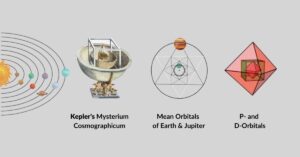
Solar Geometry
Throughout history, the mysteries of our vast universe have unfolded one discovery at a time. In this article, we embark on a captivating journey to explore a remarkable aspect of our celestial neighbourhood – the intricate geometric patterns that shape our solar system. Beyond the familiar planets and their orbits,

Geo-Relativity
In the realm of physics, one of the most groundbreaking theories that revolutionized our understanding of the universe is Albert Einstein’s theory of Special Relativity. At its core, this theory unifies time and space for different observers, paving the way for a deeper comprehension of the fundamental principles that govern

Dimensionless Science
By examining scientific constants in terms of ratio and geometry, Dimensionless Science offers a system that is simple to understand and accurate enough to be compatible with conventional scientific notation. Overview If you thought science was all about measuring, then our new system of Dimensionless Science may come as quite

